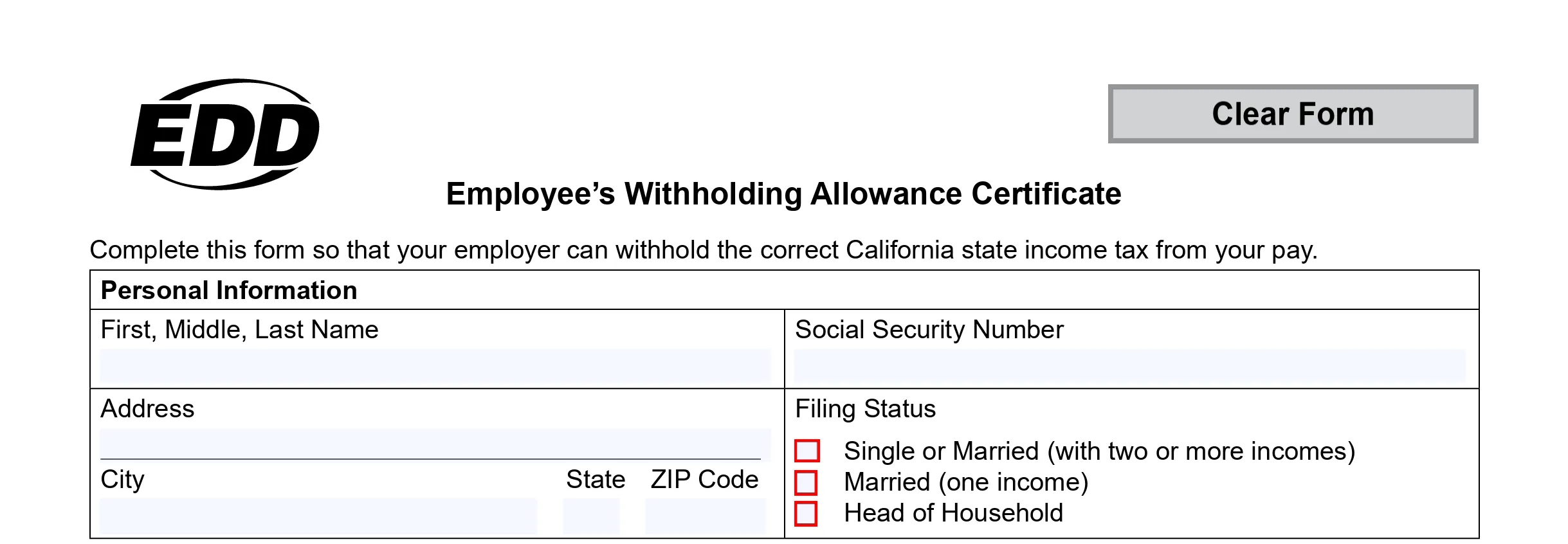3 Ways Your Small Business Can Measure Customer Service Effectively
Starting and running a small business involves not only providing quality products and services but also ensuring that your customer service is top-notch. Excellent customer service can be a significant differentiator, helping you build loyal customer relationships and stand out in a competitive market. Here are three key ways to measure and improve your customer service.
1. Net Promoter Score (NPS)
The Net Promoter Score is a simple yet powerful metric that helps you gauge the loyalty of your customers. It involves asking your customers a straightforward question: "On a scale of 0 to 10, how likely are you to recommend our business to a friend or colleague?" The responses are then categorized as follows:
- Promoters (score 9-10): Loyal customers who will keep buying and refer others, fueling growth.
- Passives (score 7-8): Satisfied but unenthusiastic customers who are vulnerable to competitive offerings.
- Detractors (score 0-6): Unhappy customers who can damage your brand through negative word-of-mouth.
To calculate your NPS, subtract the percentage of Detractors from the percentage of Promoters. This score can help you understand your overall customer satisfaction and identify areas for improvement.

2. Customer Satisfaction Score (CSAT)
Another essential metric is the Customer Satisfaction Score, which measures how satisfied customers are with your company, product, or service. After an interaction or transaction, ask your customers to rate their satisfaction on a scale (typically 1-5 or 1-10). This metric is more specific than NPS and can provide immediate feedback on particular aspects of your service.
For example, you might ask, "How satisfied were you with the support you received?" or "How satisfied are you with your recent purchase?" The responses will give you a direct measure of satisfaction and highlight areas where you can improve.
3. First Response Time and Resolution Time
If your business has a call center or customer support team, tracking the First Response Time (FRT) and Resolution Time is crucial. These metrics help you understand how efficiently your team is handling customer issues:
- First Response Time: The average time it takes for a customer to receive an initial response after contacting your support team. Faster response times can lead to higher customer satisfaction.
- Resolution Time: The average time it takes to resolve a customer issue from the moment it is reported. Shorter resolution times indicate a more effective support process.
By monitoring these metrics, you can identify bottlenecks in your support system and take steps to improve your service efficiency.
Leveraging CRM Systems
Customer Relationship Management (CRM) systems are invaluable for tracking and managing customer service metrics. A good CRM system can:
- Track customer interactions: Log every customer issue, question, or concern and create a ticket for each one.
- Monitor ticket status: Keep track of open, pending, and resolved tickets to ensure timely follow-ups.
- Generate reports: Provide daily or weekly reports on open tickets, helping you prioritize and address customer issues promptly.
Using a CRM system effectively can turn customer service challenges into opportunities for building long-term customer loyalty. By addressing issues promptly and efficiently, you demonstrate your commitment to customer satisfaction.
Conclusion
Measuring customer service is not just about collecting data—it's about using that data to improve your service and build stronger relationships with your customers. By focusing on key metrics like NPS, CSAT, and response times, and leveraging the power of CRM systems, your small business can provide exceptional customer service and drive growth.
Disclaimer: This blog is meant for informational purposes only and should not be considered as tax advice. Consult with a qualified tax professional or advisor for personalized guidance based on your specific situation.
Reach out to us today at [email protected], and let's work together to optimize your tax situation and financial well-being. Your journey towards a more tax-efficient future starts here.



